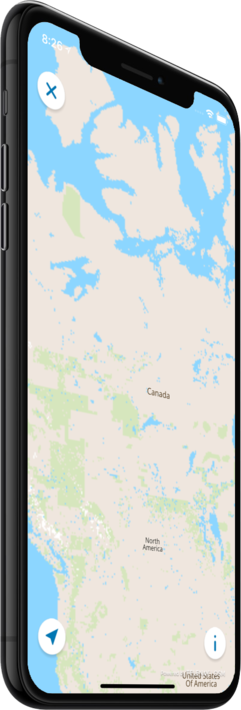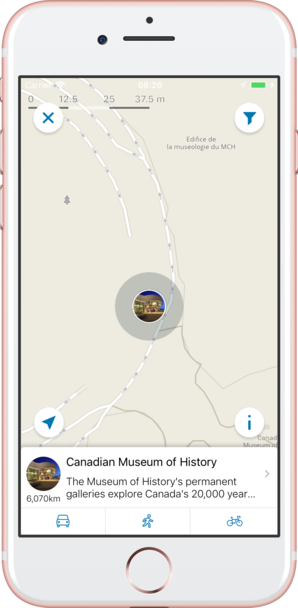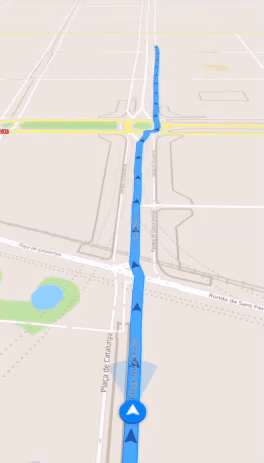기능
Canada 오프라인 모바일 맵으로
잊지 못할 여행의 추억을 만드세요!
최고 인기 여행지
저희의 오프라인 맵에서는 111 최고 인기 여행지에 대한 정보와 함께, 고품질의 설명, 사진, 그리고 실제 여행객들의 리뷰를 제공해 드립니다.
고품질 콘텐츠
저희가 제공해 드리는 모든 장소는 설명, 사진, 실제 여행자들의 리뷰와 함께 제공됩니다.
모바일 데이터를 절약하세요!
앱의 모든 기능이 오프라인에서 작동됩니다! 여행 전에 저희의 완전 자체제작 맵을 다운로드하시기만 하면, 모바일 트래픽을 절약하실 수 있습니다!
근처의 최고 인기 여행지를 찾으세요!
저희가 제공해 드리는 특선 장소들 외에, 저희의 가이드를 통해 수만 곳의 다른 유용한 장소들을 찾아보실 수 있습니다 (호텔, 레스토랑, ATM, 대중교통 정류장, 관심 지역 등)
오프라인 네비게이션
오프라인으로 최적의 운전, 도보 또는 자전거 경로를 계획하세요! 자신의 장소를 저장하세요, 저장된 장소를 항상 다시 찾아보기 쉽고 길을 잃을 일이 없도록 말이죠.
날씨 예보 및 환율 변환!
200개 이상의 국가를 지원하는 최신 날씨 예보 및 간편한 환율 변환 계산기!
최고 인기 관심 지역
다음은 저희 오프라인 맵에서 찾아보실 수 있는 몇 군데의 관심 지역 목록입니다.
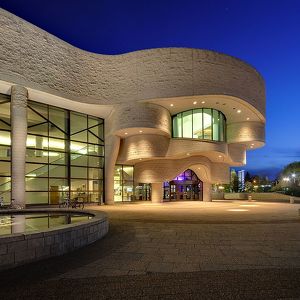
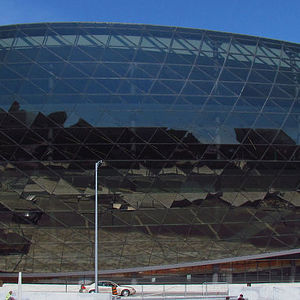
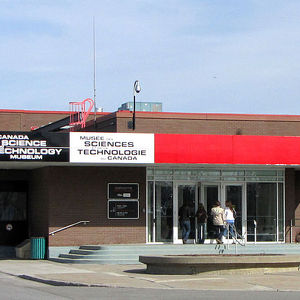
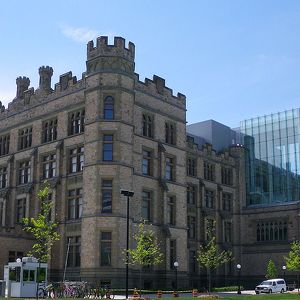
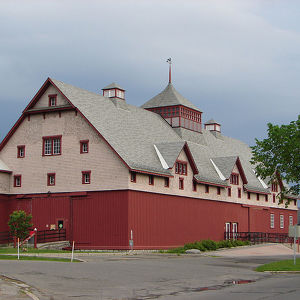
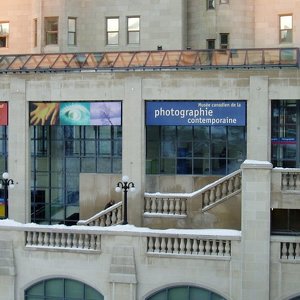
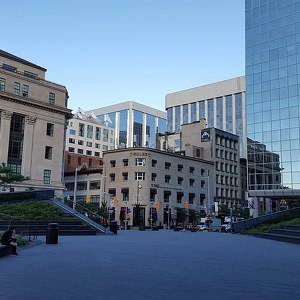
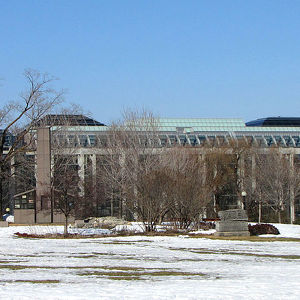
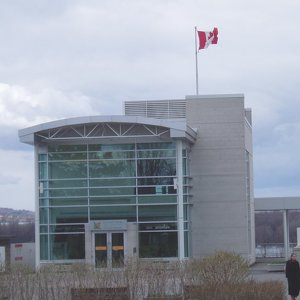
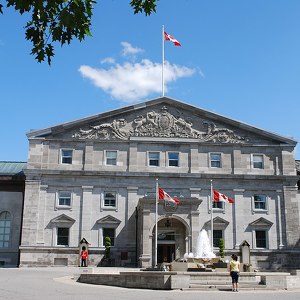
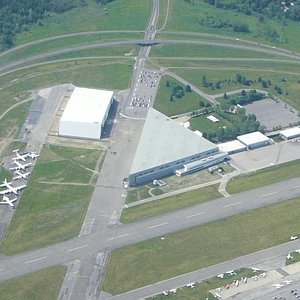
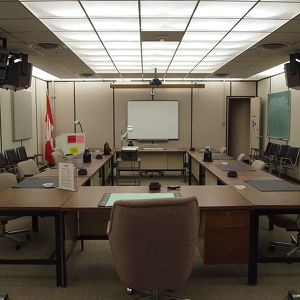
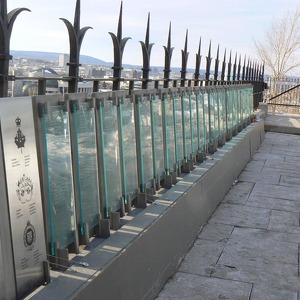
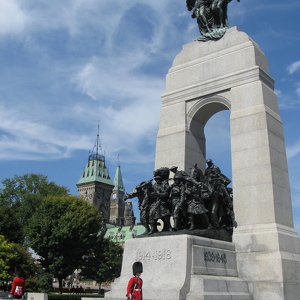
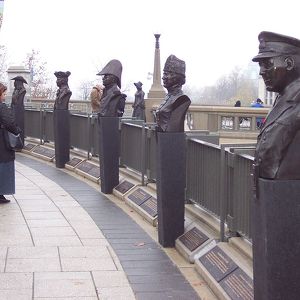
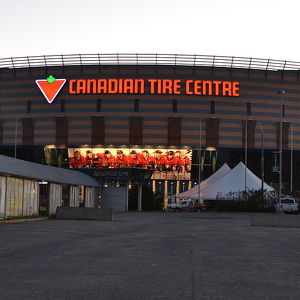
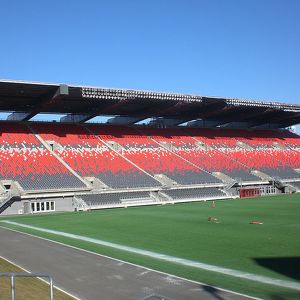
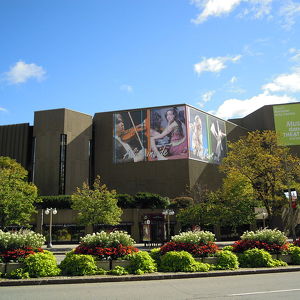
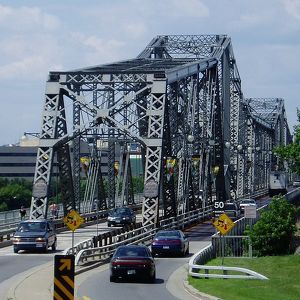
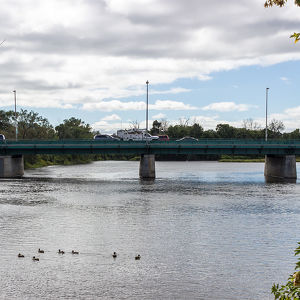
Canadian Museum of History
The Museum of History's permanent galleries explore Canada's 20,000 years of human history and a program of special exhibitions expands on Canadian themes and explore other cultures and civilizations, past and present. The museum is also a major resear...
Shaw Centre (Ottawa)
The Shaw Centre has four levels, each with a view of the Rideau Canal and downtown area. The first level features a large lobby, as well as the Wall of Three Rivers artwork, which is made of reclaimed logs and acts as a tribute to Ottawa history. This ...
Canada Science and Technology Museum
The National Museum of Science and Technology was established in 1967 as a Centennial project by the Canadian Government. It was the first museum to employ interactive exhibits. The role of the museum is to help the public to understand the technologic...
Canadian Museum of Nature
The Canadian Museum of Nature has its origins in the Geological Survey of Canada, which was formed in 1842. Nearly 150 years later, on July 1, 1990, the museum became a Crown Corporation by an Act of Parliament. The Museums Act was a significant eve...
Canada Agriculture and Food Museum
The Canada Agriculture and Food Museum (French: Musée de l'agriculture et de l'alimentation du Canada) in Ottawa, Ontario, Canada, houses a modern working farm. Its purpose is to illustrate how advances in farming science and technology have transforme...
Canadian Museum of Contemporary Photography
The Canadian Museum of Contemporary Photography (CMCP) (French: Le Musée canadien de la photographie contemporaine (MCPC)) was a gallery of Canadian contemporary art and documentary photography. Founded in 1985 and affiliated to the National Gallery of...
The Bank of Canada Museum
The museum used to be the public face of the National Currency Collection, which contains over 100,000 currency-related artifacts from around the world. These include coins, bank notes, dies, plates, and engraving tools, bank and government ledgers, we...
National Gallery of Canada
The Gallery was first formed in 1880 by Canada's Governor General John Douglas Sutherland Campbell, 9th Duke of Argyll, and, in 1882, moved into its first home on Parliament Hill in the same building as the Supreme Court. In 1911, the Gallery moved to ...
Canada and the World Pavilion
The Canada and the World Pavilion was a small museum in Ottawa, Ontario, Canada. Exhibits were devoted to Canada's contribution to sport, arts and culture, development, peacekeeping, and science. Interactive exhibits, activities, and special events wer...
Rideau Hall
Most of Rideau Hall is used for state affairs, only 500 m2 (5,400 sq ft) of its area being dedicated to private living quarters, while additional areas serve as the offices of the Canadian Heraldic Authority and the principal workplace of the governor ...
Canada Aviation and Space Museum
The museum was first formed in 1964 at RCAF Station Rockcliffe as the National Aeronautical Collection from the amalgamation of three separate existing collections. These included the National Aviation Museum at Uplands, which concentrated on early avi...
Emergency Government Headquarters
Most of these facilities were built, often in great secrecy, at rural locations outside major cities across Canada. The majority of the larger facilities were two-storey underground bunkers while the largest at CFS Carp had four floors; these facilitie...
Canadian Police And Peace Officer's Memorial
The Canadian Police and Peace Officer's Memorial is a granite wall located on Parliament Hill in Ottawa, Ontario to commemorate police and peace officers who have died while on duty in Canada. The wall was unveiled in 1995 and is located to the north o...
National War Memorial
The National War Memorial is the focal point of Confederation Square in Canada's capital city, Ottawa, Ontario. This locates it between Parliament Hill to the west and the Château Laurier hotel to the east. There are several other commemorative buildin...
Valiants Memorial
The Valiants Memorial (French: Monument aux Valeureux) is a military monument located in Ottawa, Ontario, Canada. It commemorates fourteen key figures from the military history of Canada. Dedicated by Governor General Michaëlle Jean on 5 November 2006,...
Canadian Tire Centre
As part of its bid to land a NHL franchise for Ottawa, Terrace Corporation unveiled the original proposal for the arena development at a press conference in September 1989. The proposal included a hotel and 20,500 seat arena, named The Palladium on 100...
TD Place Stadium
The playing field, part of the Ottawa Exposition Grounds, was first cleared in the 1870s. It was used for equestrian events, lacrosse and rugby football. The first permanent grandstand was built on the north side of the playing field in 1908. It was de...
National Arts Centre
Ottawa did not have a major performing arts venue after 1928 when the Russell Theatre was expropriated and demolished to make way for Confederation Square. Performers and orchestras visiting the capital were required to use the stage of the Capitol Cin...
Alexandra Bridge
The bridge was constructed by the Canadian Pacific Railway between 1898 and 1900. Four barges were built to move steel beams into position. During the winter (1899–1900) workmen toiled day and night chopping channels to keep the ice clear for the barge...
Billings Bridge
In the early 19th century, the Ottawa area was sparsely settled by Europeans. In 1783, a large tract of land including what is now Billings Bridge was purchased from the local aboriginal nations as part of the Crawford Purchase. First named in Lunenbur...
카운터

111
최고 인기 여행지

15528
관심 지역

33270
호텔

82504
카페 및 레스토랑
연락하기
다음 양식 작성을 통해 저희에게 연락하실 수 있습니다
 |
 |
 |

